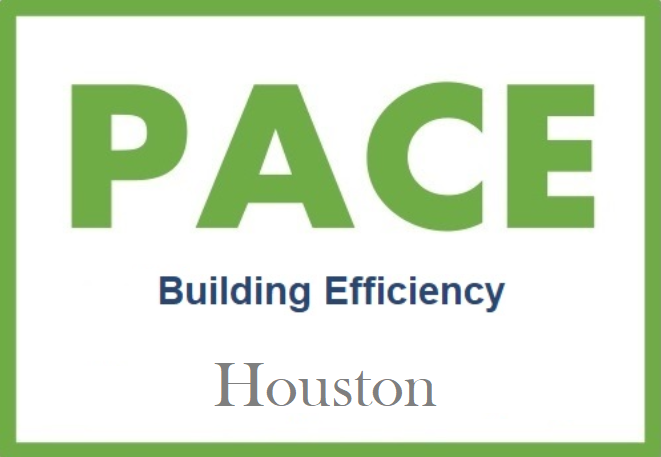A Fireside Chat with Gerald Hines - The Business Case for Energy Efficiency
In this interview, Mr. Gerald Hines discusses the business case for energy efficiency. Filmed on October 10, 2014 at Rice University, Mr. Hines used One Shell Plaza as an example of: building for the future, building with excellence and building with the goal of energy efficiency. This applies both to a building's operations and to a building's value upon its final liquidation or sale.
Built in 1971, One Shell Plaza became the tallest concrete building in the world and remains the tallest lightweight concrete building to this day. In One Shell, Hines used reflective glass while wondering if the public would accept it. They took a chance. The public did accept this energy saving innovation and their tenant, Shell, became an investor.
Mr. Hines grew up in Gary Indiana where gravity furnaces were used but in this building they used very low pressure duct work. The required 2.4 foot ceiling space gave them the room to upgrade throughout the years. Today (in new buildings) Hines adds one foot of under each floor to enable the building to keep up with future technology. Mr. Hines noted that "just keeping a building in play for 100 years is an energy saver."
With respect to the meticulous maintenance for which Hines buildings are noted, Andy Kitchens remembered that when the One Shell chillers were finally replaced, that they were spotless. Mr. Hines noted they were so clean you "could eat off of them".
For advancement in building design, engineering and energy efficiency, Hines brought in-house the best structural, mechanical, electrical and curtain wall experts to supervise work done by talented local partners. Completed projects are also rigorously evaluated. (Writer's note: This is similar to the way PACE loans require both a pre-project engineering assessment done by an MEP engineer and a post project engineering review by what is called an Independent Third Party Reviewer.)
Against a backdrop of excellence in everything from structure to energy efficiency, Gerald Hines said "When we decide to sell a building we get the best cap rate, which means the best price, for the same income that someone else would have because we have good efficiency in the way the building operates - mechanically, heating and cooling ... and people know it is ... either Gold or Platinum [LEEDS] - and that means something; and today financial institutions are limiting their financing to only good buildings [with] ... higher rating[s]."
Gerald Hines said "We are ... pushing the barriers [in energy efficiency]." He gave several examples: underfloor fresh air systems so that a building located in an agreeable climate such as San Francisco or San Diego will not have to use energy to cool the building for substantial portions of the year; their first net zero building that has used bio-gas to power itself under a net zero condition for a year and a half; or the 5 million square foot facility in the heart of Milan that tapped the underground water and used it to cool the condensers.
Gerald Hines noted (by way of example) their innovative young staff and he stressed the importance of innovation for success at Hines. He also noted that for those who become a part of the senior team that they receive 50% of the equity. He noted "No other real estate company does that."
In answering a direct question about how to best communicate the value of energy efficiency to the Class B & C buildings sector, Mr. Hines' answer emphasized the fact that the value of the building is a function of the energy efficiency and the cap rate.
For Class B and C building owners Mr. Hines noted ... the final liquidation of the building is going to be a function of its energy efficiency and the cap rate under which the building can be sold. He noted these are the biggest incentives you can have to get Class B and C building owners to move in the direction of energy efficiency.
Andy Kitchens summed up the man whom many of us have come to admire based on his company's final product and the people who have built their reputation.
"The greatest example Mr. Hines serves for the firm is beyond the buildings, the stadiums, the malls ... it is your integrity Sir and it is infectious."
Source Note: This blog is excerpted from a Video of the event during which Mr. Hines commented on the value of energy efficiency to Class B and Class B buildings - the cap rate and the liquidation value at 22:25 into the video. We had it posted but it was not available when we last checked.

